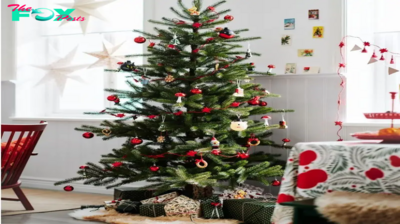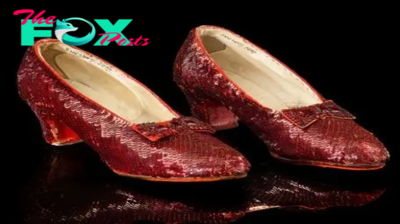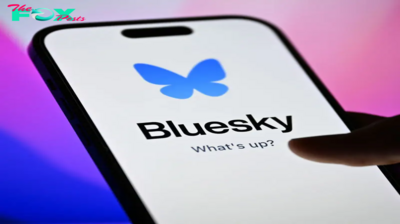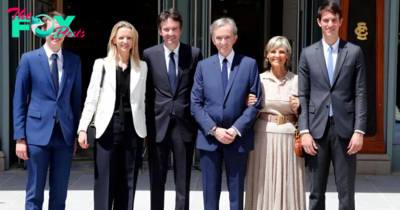Lifestyle
Japanese Artist Miwa Komatsu on Painting with Myths and Spirits
Japanese artist Miwa Komatsu brings mythological spirits to the fore in Fitzrovia, London.
The first time I met Japanese artist Miwa Komatsu, in Whitestone Gallery on Hollywood Road in 2017, she was basking in the moment. A solo show with Whitestone, plans for a live painting show three days later at the newly created H Queen’s – and she’d just been signed by Christian Dior as its ambassador for Japan. She told me of film, animation and even fashion projects she’d worked on or contributed to, and we discussed the possibility of a collaboration with Hong Kong’s avant-garde retail emporium, I.T.
How different, I ask her in June, as we sit at a cafe on Mortimer Street in Fitzrovia, London, seven years later, is the Miwa Komatsu of 2024, as compared with Hong Kong 2017? “I often think of the contradictory state of things,” she says. “For example, what my brain wants and what my soul wants. And what my soul wants is purer than what my brain wants. In terms of my own progression during that time, I feel closer to that purer state of mind now than I did then. And I continue to be closer to that. Now I tend to think of everything as a gift.”

At the behest of Avant Arte, Komatsu is in London, where on June 11 she’s painting at Fitzrovia Chapel. The event, her longest single performance work – she’s painting for eight hours – is being live-streamed from start to finish. Called Sacred Connectedness, it espouses her major objective in creating artwork – to translate spirituality into a work of art. “I try to speak universal truths,” she says. Each performance starts with prayer and meditation as she sits cross-legged in front of a canvas, a crucial part of connecting with the iMMAterial world she strives to channel.
More typically, Komatsu paints outdoors in sacred sites, such as the Itsukushima Shrine, a Unesco World Heritage Site in reference to the atomic bomb and World War II, and in November 2023 at Mont Saint Michel in France, marking the signing of a Tourism Friendship City Partnership between the abbey and the city of Hatsukaichi in Japan’s Hiroshima prefecture. She’s painted twice in Hong Kong; after Hart Hall in H Queen’s, a year later she worked inside Pacific Place.
Komatsu typically explores narratives of Japanese folklore, Buddhism and Shinto mythologies in her practice. The yamainu (mountain dog) is a recurring theme, inspired by an experience she had as a child. She once got lost in a forest in Nagano, her birthplace, and envisioned this mythical creature guiding her home. It reappears in her art as a symbol of “the proper way to live, the correct path”. She believes that during her childhood she experienced numerous interactions with nature and its divine spirits. “I’m always being watched from the non-material world,” she says. In 2015 Komatsu painted a pair of porcelain komainu (lion dogs) for the Chelsea Flower Show in London. These now form part of the British Museum’s permanent collection.

All May Become Dragons, 2018 
Lion Cub Embarks on Ascetic Journey, 2023
The remarkable aspect of Miwa Komatsu’s painting is that she almost denies presence in the painting. She’s driven by an invisible force. As the Japanese would say, it’s like the abandonment of oneself or the self, as a yorishiro (a conduit for divine spirits). What she stages is not so much live painting or performance painting as a sacred ritual.
All of which was evident on June 11 at Fitzrovia Chapel and the following day as she recalls the process. “It was my first time creating in a church. But it’s true that it’s one of my rare times indoors, and in such a special place. I started by drawing frankincense trees, like the boundary of the picture in a sacred place, and then proceeded to draw the divine beast from there,” says the former graduate of Joshibi College of Art and Design, an all-women’s school founded in 1910, who now works there as a visiting lecturer. “The painting is a form of meditation, so while I mediate/paint, I get into a state and am guided by a sprit – what I see and what I paint.” What’s interesting about watching her paint over two hours is that she never once steps back to appraise her work.
As she’s being guided, I’m curious to know whether she’s capable of editorial amendment as she paints. Is she sufficiently detached? “Whatever the size of the canvas I work on, it just appears, and I take that guidance. So when I’m painting, I don’t even need to think about the composition of things, and scale or size of the painting doesn’t matter, massive or small.” Is she then a messenger or servant of the spiritual muse? “I’m like a supplicant more than a messenger,” she says. “I receive the message but I’m more like a medium that puts it on to the canvas. I don’t filter, there’s no ego.” She sips some black coffee and considers for a few fleeting moments. “My mission is receiving the message and putting it on to the canvas, the painting as a kind of healing tool, or remedy for humans.”

What advice does she give the students she lectures, and where does she stand on Yoko Ono and her seminal book Grapefruit? “I’ve never seen the book,” she tells me, but following the Fukushima nuclear disaster she did take part in an exhibition featuring Ono. “I did have an amazing impression of her work,” she says. “She has a very poetic way of sending a message to the people; it’s playful, but also very encouraging, and powerful.” And her students?
“I tell them to go and see the world. Japan is a very insular place and there’s not a natural tendency to want to explore. But I tell the students to go and see the world, go offline, go outside, experience as many fairs and exhibitions as possible. It can be expensive, but it’s a worthwhile investment.”
Given that she hails from Nagano, Japan’s most mountainous – and heavily forested – region, does she indulge hobbies? Does she fish, garden, or bee-keep? “I have my beloved dogs,” she says, “so I walk them in the forest. That’s my hobby, and one of the key moments of each day. Immersing yourself in nature and engaging and meditating in that environment is something I spend a lot of time on.” She has three dogs. “A chihuahua/poodle cross, an Australian labrador that’s ‘chocolate-white’ and a poodle.” Their names are Moon, Universe and Crow. “They’re called in a very ethereal way, and there’s a great harmonisation between them,” she jokes.

When we reach interview’s end, I ask if there’s something she can share that we haven’t touched on. “I really believe in art as therapy, art as healing. And it’s not just the physical body, it’s also the soul.” I ask if she’s tempted to become Japan’s Alain de Botton, author of Art as Therapy. In fact, she’s already beaten me to it. She does write, has published books and recently had a book-signing session in China. And with that, she draws a beautiful image inside one of her books for me.
This autumn, she’ll participate in a group show, Zipangyu – Contemporary Artists who ran through the Heisei Era, at the Saga Prefectural Art Museum and the Hiroshima Museum of Art, which includes artists such as Yayoi Kusama, Takashi Murakami and Yoshitomo Nara. The Heisei era ran from 1989-2019, a successor to the turbulent Showa era. Zipangyu seems an apt title: it conveys the appeal of Japanese contemporary art to the world. And on the evidence of Komatsu in London, that’s plenty to be considering. Next stop 2030.
-
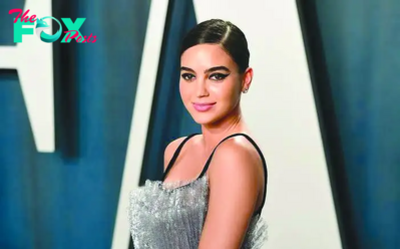
 Lifestyle24m ago
Lifestyle24m agoSupport for Palestine nearly ended Barrera's career | The Express Tribune
-
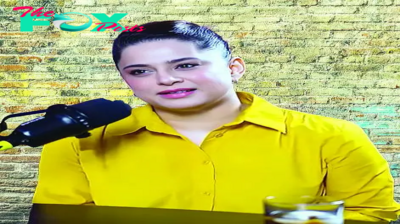
 Lifestyle24m ago
Lifestyle24m agoFrom the camera to the kitchen | The Express Tribune
-

 Lifestyle3h ago
Lifestyle3h ago28 Luxury Gifts That Are Worth the Splurge
-

 Lifestyle4h ago
Lifestyle4h agoMy In-Laws Refused to Come for Thanksgiving but Sent Us a ‘Gift’ – When My Husband Opened It, He Screamed, ‘We Have to Drive to Their Home Now!’
-

 Lifestyle4h ago
Lifestyle4h agoI Married a Homeless Man to Spite My Parents – A Month Later, I Came Home and Froze in Shock at What I Saw
-

 Lifestyle4h ago
Lifestyle4h ago3 Real-Life Stories of Weddings That Went Horribly Wrong
-

 Lifestyle4h ago
Lifestyle4h agoWoman Got Involved in a “Best Mother” Competition but Quit After Reading Her Daughter’s Diary – Story of the Day
-

 Lifestyle4h ago
Lifestyle4h agoMy Husband Threatened to Divorce Me After I Refused to Attend My SIL’s Vegetarian Thanksgiving Dinner


